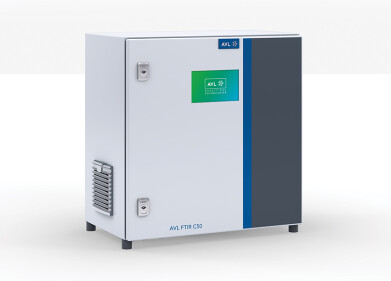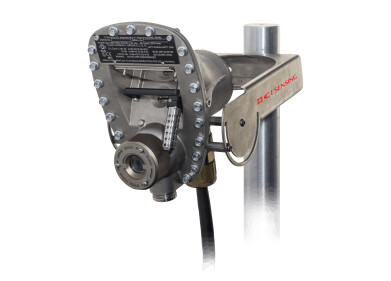Air Monitoring
How Can Satellites Monitor Pollution?
Jul 28 2018
A breakthrough new satellite technology is capable of monitoring and tracking pollutants in our atmosphere in greater detail than ever before. The Sentinel-5P spacecraft, which was built in Britain using Dutch technology, was sent into orbit last year with the express purpose of tracking several of the most damaging contaminants in existence, including sulphur dioxide (SO2), nitrogen dioxide (NO2) and carbon monoxide (CO).
Now, the first images from the S-5P’s first six months in operation have been released and demonstrate the location of major pollution sources across the world, as well as the direction which those contaminants take once they have been released into the air. With greater resolution and faster processing speeds than all of its predecessors, the new technology could represent a huge step forward in our ability to monitor and control harmful emissions all over the world.
Shining a light on emissions culprits
Satellite imaging is already being used by the scientific community to monitor all manner of things, from the amount of groundwater in California to the rate at which Antarctic ice is melting, but as yet it has been unable to pinpoint the source of harmful emissions with such precision and differentiation as the new spacecraft. What’s more, the S-5P’s ability to handle data with incredible speed means it can compile maps almost in real-time, providing a valuable service not only to environmentalists, but also air traffic control services and other industries as well.
“You can see how the emissions follow the topography, moving around the mountains. People could use this information to better assess the environmental impact in this region,” explained Dr Nicholas Theys, a scientist at the Royal Belgian Institute for Space Aeronomy (BIRA-IASB). “We can clearly distinguish the different power plants. As we get better with the data and reduce the noise, we will probably be able to estimate the quantity of emissions coming from individual power stations and complexes.”
The usual suspects
The first images released concern SO2 emissions and besides the natural sources of volcanoes, the data shows that smelting, coal power plants and oil refineries are the biggest emitters in the world. In particular, the Norilsk Nickel plant in Siberia has been pinpointed as one of the chief offenders. The smelting industry in the region is believed to be responsible for 1% of all SO2 emissions in the world, equating to roughly two million tonnes of SO2 every single annum.
That figure means that the concentration of SO2 in Norilsk air can be as much as 1,000 times greater than in other parts of Europe, leading to potentially serious health complications for its residents and workers. In recognition of that fact, the company responsible for the smelting plant have been instructed to bring their emissions down by 75% from 2015 levels before 2023, or risk the imposition of heavy fines.
A serious health risk
As well as causing cardiovascular and respiratory problems when inhaled, SO2 can also return to the Earth in the form of acid rain. This not only erodes infrastructure and damages plant life, but can also compromise the quality of water in our rivers, reservoirs and lakes. SO2 isn’t alone either; the S-5P is also monitoring CO and NO2 and expects to go operational for all three pollutants sometime this year.
This sort of data will be invaluable in keeping tabs on where the most polluting emissions are coming from and taking action against those responsible. At the same time, it’s important to remember that the air in your home can actually be as much as three times more deadly than that outside it, so monitoring airborne molecular contamination indoors is also essential to avoiding the risks associated with poor air quality.
Digital Edition
AET 28.2 April/May 2024
May 2024
Business News - Teledyne Marine expands with the acquisition of Valeport - Signal partners with gas analysis experts in Korea Air Monitoring - Continuous Fine Particulate Emission Monitor...
View all digital editions
Events
Jul 10 2024 Birmingham, UK
Jul 21 2024 Cape Town, South Africa
Australasian Waste & Recycling Expo
Jul 24 2024 Sydney, Australia
Jul 30 2024 Jakarta, Indonesia
China Energy Summit & Exhibition
Jul 31 2024 Beijing, China


















